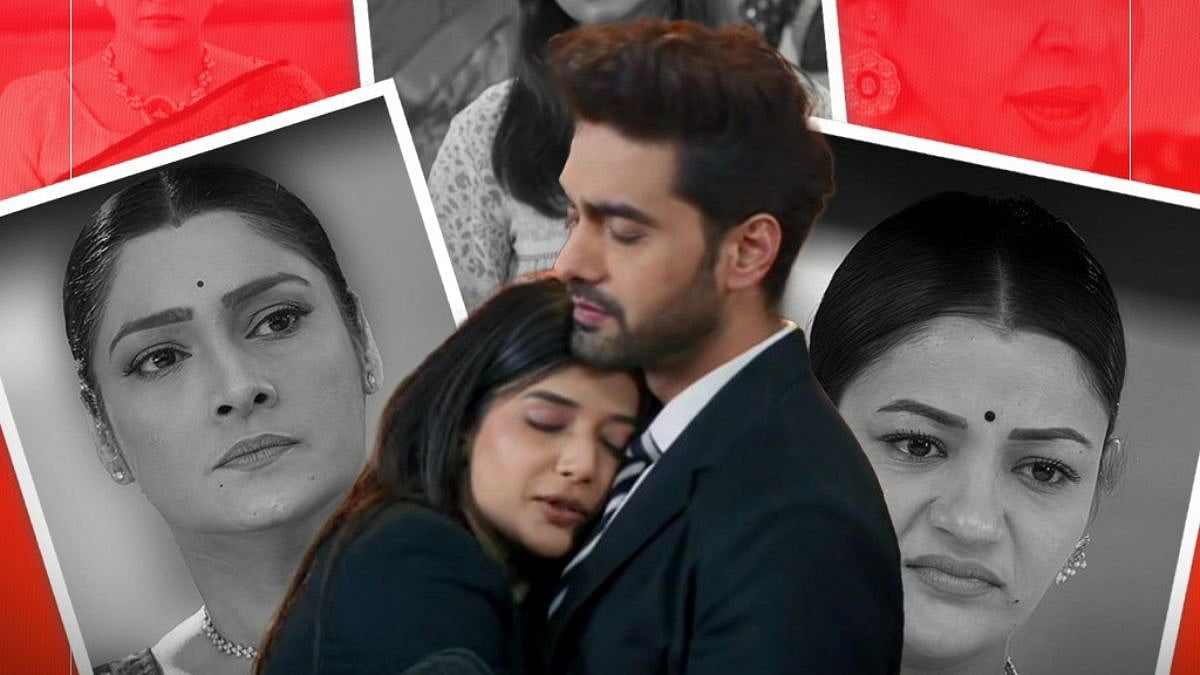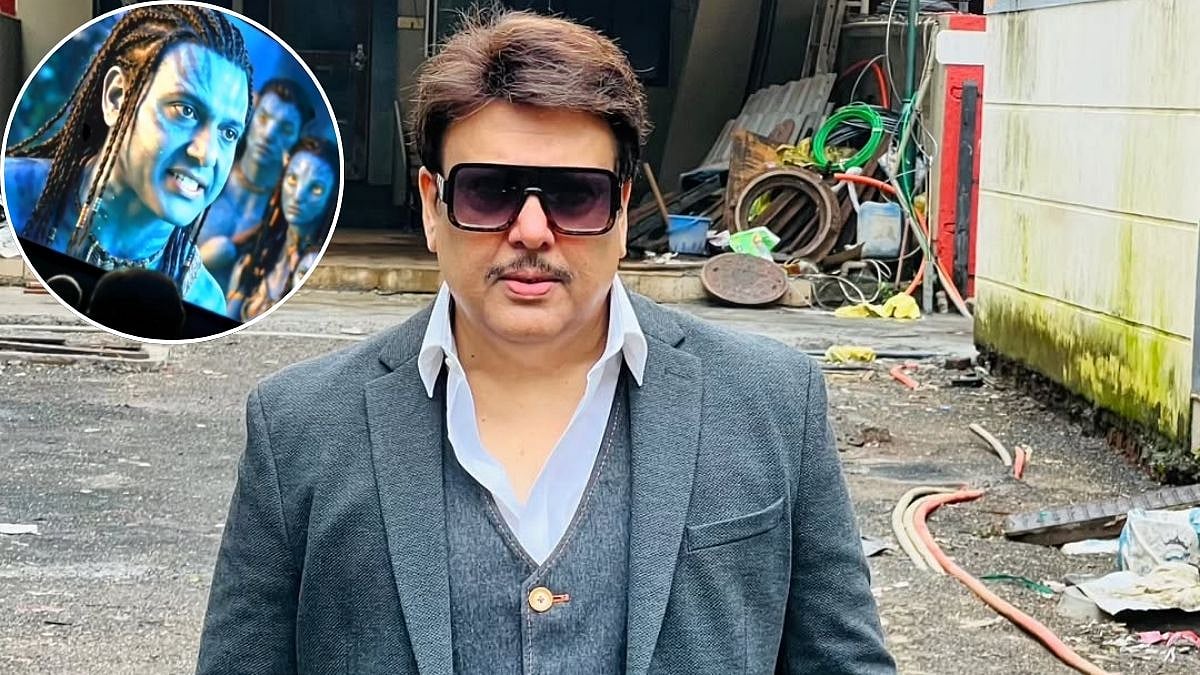Here is a story that you won’t hear about on television news media – the fact that over a sixth of India is permanently hungry and undernourished. That is almost 190 million people who go to sleep hungry, on most days. Over a third of the children under the age of five, show the prevalence of stunting. Yet, the way corporatised media covers the news, you would think we are a nation without either poverty or hunger.
The 2020 Global Hunger Index was released last week, and India’s ranking is abysmal. The worst performing country in the region, India has been slipping up in combating hunger over the last 15 years. In 2006, India’s score was 37.5, by 2012 it had slipped to 29.3. And now it has dropped to 27.2. The index describes India’s hunger problem as “serious”.
Despite food surpluses, more Indians are going hungry today, as compared to the beginning of the century. And that does not augur well for our ambitions of being seen as developed, with a seat at the high table of world leaders.
According to the Food and Agriculture Organisation (FAO), in 2019, worldwide, hunger pangs rose, first surfacing in 2014 and gradually creeping up – with there being 60 million more hungry people in 2019, than there were in 2014. Of these, 10 million were added between 2018 and 2019. Hunger is a real problem, with the need for real solutions.
There are many reasons for this rise in hunger – the primary among them being the extent of conflict in the world, and the impact of climate change and its impact on agriculture. The FAO concludes, rather sadly, that the world is not on track to achieve the Sustainable Development Goal (SDG) of zero hunger by 2030.
Like elsewhere, in India, the issue of hunger further marginalises marginalised communities. According to the Global Hunger Index, poverty and hunger affect a disproportionate number of Dalits and Adivasis. One in two children in tribal households is stunted, and the prevalence of stunting amongst girls is twice as high as it is for boys.
The GHI report is yet to calculate the impact of Covid on hunger. That figure will emerge next year and is likely to show how marginalised communities worldwide have been further pushed to the margins. According to the FAO, “the Covid-19 pandemic may add between 83 and 132 million people to the total number of undernourished in the world in 2020.”
India is just opening up after Covid. It has been a long hard seven months, with the most impacted being the ones who didn’t have much to start with. Across the country, we heard stories of migrant labour walking back, because they slipped through the systemic nets which would have allowed food aid to get through. For many school-going children across India, the lockdown meant they went hungry. Earlier, they would at least get their mid-day meal at school.
Hunger cannot be combated without a strategy. Just as a newly independent India resolved to be food-secure in a few decades and put in plans to ensure that it was achieved; a modern Indian government needs plans to tackle hunger. It is not that the Modi government does not have vision or ideas – it is that they seem to be collectively happy with the idea of the idea, and not really bothered about seeing it implemented successfully. Right now, we have a twin problem of excess supply of foodgrain (flagged by the RBI), and an excess number of very hungry people. There seems to be something fundamentally flawed with a system that allows the pile-up of food at one end and ignores the hunger of almost 200 million people at the other.
Our problem is not the lack of food. Our problem is the lack of access to food for millions. To achieve this, food distribution has to be decentralised. According to Amartya Sen, the situation vis-à-vis food and hunger in India is not improving because “our delivery systems are the worst, unaccountable and non-responsive towards the most marginalised like children”. And unless that is fixed, it will be impossible to address hunger.
It is not difficult to end hunger in India. It is not like we don’t have the food to feed the hungry. What we don’t have is the political will that drives a zero-hunger policy. Unless politicians feel as strongly about children dying of hunger, as they do about statues, pride, power and pelf – we are not going to see any improvement in the situation.
The writer works at the intersection of digital content, technology, and audiences. She is also a visiting faculty and filmmaker.









